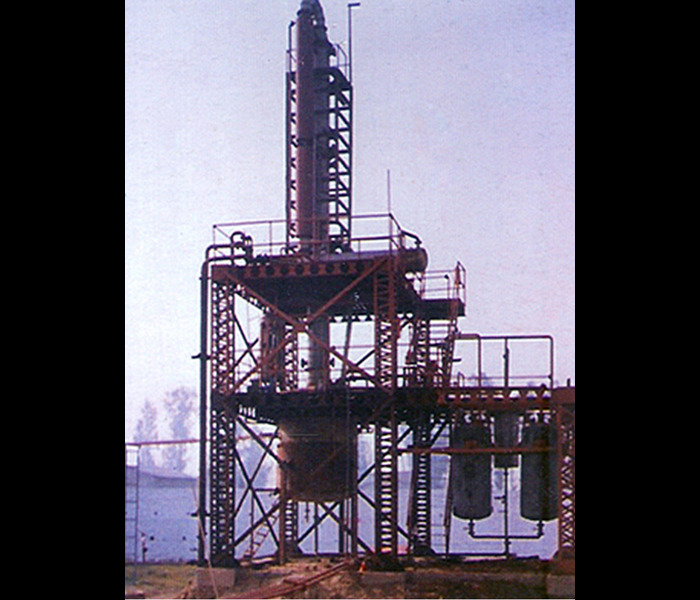-
Send us a mail [email protected]
-
Call us anytime +91-9999884400

Material handling systems play a crucial role in streamlining operations, ensuring smooth movement, storage, and management of goods. Whether in warehouses, factories, or distribution centers, these systems help businesses optimize processes, reduce labor costs, and improve workplace safety.
This blog will provide an in-depth look at material handling systems, their types, benefits, and how to choose the right one for your business. Additionally, we will answer frequently asked questions to help you understand their significance in modern industries.
What Are Material Handling Systems?
Material handling systems refer to equipment and processes designed to move, store, control, and protect materials throughout manufacturing, distribution, and consumption cycles. These systems range from simple manual tools to highly automated robotic solutions, improving efficiency and reducing human error.
Some of the key components of material handling systems include conveyors, automated storage and retrieval systems (AS/RS), forklifts, cranes, robotic arms, and pallet jacks. These elements work together to enhance operational efficiency, minimize waste, and optimize inventory management.
Types of Material Handling Systems
Manual Material Handling Systems
Manual material handling involves human effort in lifting, moving, and placing materials. While this method is cost-effective for small-scale operations, it can lead to fatigue and increased risk of workplace injuries. Companies often use carts, hand trucks, and hoists to assist workers in minimizing physical strain.
Automated Material Handling Systems
Automated material handling systems use robotics and advanced technology to transport and manage goods efficiently. These systems include automated guided vehicles (AGVs), robotic picking systems, and conveyor belts. Automation reduces labor dependency, increases accuracy, and enhances operational speed.
Bulk Material Handling Systems
Bulk material handling involves the movement of large quantities of loose materials like grains, coal, minerals, and chemicals. Equipment such as bucket elevators, conveyor belts, and stackers are used to transport these materials safely and efficiently in industries like mining, agriculture, and construction.
Integrated Material Handling Systems
Integrated material handling systems combine various handling technologies into a seamless workflow. These systems utilize warehouse management software (WMS) to coordinate equipment like AS/RS, conveyor systems, and robotic sorters, improving efficiency in large-scale operations.
Benefits of Material Handling Systems
Investing in Material handling systems provides several advantages for businesses. First, these systems enhance workplace safety by reducing the need for manual lifting and handling, minimizing injury risks. Additionally, they improve efficiency by optimizing workflow and reducing handling time.
Another key benefit is cost reduction. Automated systems reduce labor costs while increasing productivity, allowing businesses to maximize profitability. Material handling systems also enhance inventory control by ensuring precise tracking and storage of materials, leading to fewer errors and improved supply chain management.
Lastly, these systems contribute to sustainability by reducing material waste and optimizing space utilization. Efficient movement and storage of materials help businesses lower their carbon footprint and adopt environmentally friendly practices.
Choosing the Right Material Handling System
When selecting a material handling system, it is essential to consider various factors. Businesses should assess their operational needs, including the volume and type of materials being handled. Understanding workflow requirements ensures that the chosen system aligns with production demands.
Budget constraints also play a crucial role in decision-making. While automated systems require higher initial investment, they offer long-term cost savings by increasing efficiency and reducing labor costs. Additionally, businesses should evaluate the scalability of the system to accommodate future growth and expansion.
Integration with existing infrastructure is another key consideration. The chosen material handling system should seamlessly integrate with warehouse management software and other automation tools to enhance productivity and efficiency. Lastly, maintenance requirements should be assessed to ensure long-term reliability and minimal downtime.
FAQs About Material Handling Systems
What industries benefit from material handling systems?
Material handling systems are widely used in manufacturing, logistics, retail, food processing, pharmaceuticals, and construction industries. These systems improve operational efficiency and safety across various sectors.
Are automated material handling systems expensive?
While automated material handling systems require a higher initial investment, they offer significant cost savings in the long run by reducing labor expenses, increasing productivity, and minimizing errors.
How do material handling systems improve workplace safety?
By reducing the need for manual handling, material handling systems lower the risk of workplace injuries. Automated solutions, such as conveyors and robotic arms, minimize physical strain and enhance overall safety.
Can material handling systems be customized?
Yes, material handling systems can be tailored to meet specific business needs. Customization options include different conveyor types, robotic integration, and software enhancements to optimize operations.
What maintenance is required for material handling systems?
Regular maintenance, including lubrication, calibration, and system checks, ensures that material handling systems operate efficiently. Preventative maintenance helps minimize downtime and prolongs the lifespan of equipment.
Conclusion
Material handling systems play a critical role in optimizing industrial and warehouse operations. By improving efficiency, reducing labor costs, and enhancing workplace safety, these systems provide businesses with a competitive advantage. Whether through manual, automated, bulk, or integrated solutions, selecting the right system depends on operational requirements and long-term goals.
By understanding the benefits and applications of material handling systems, businesses can make informed decisions to improve productivity and streamline their supply chain. Investing in the right technology ensures sustainable growth and long-term success in today’s competitive market.
